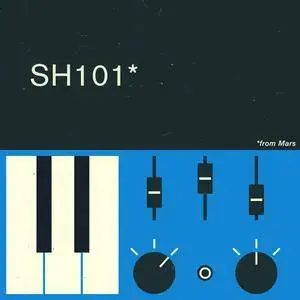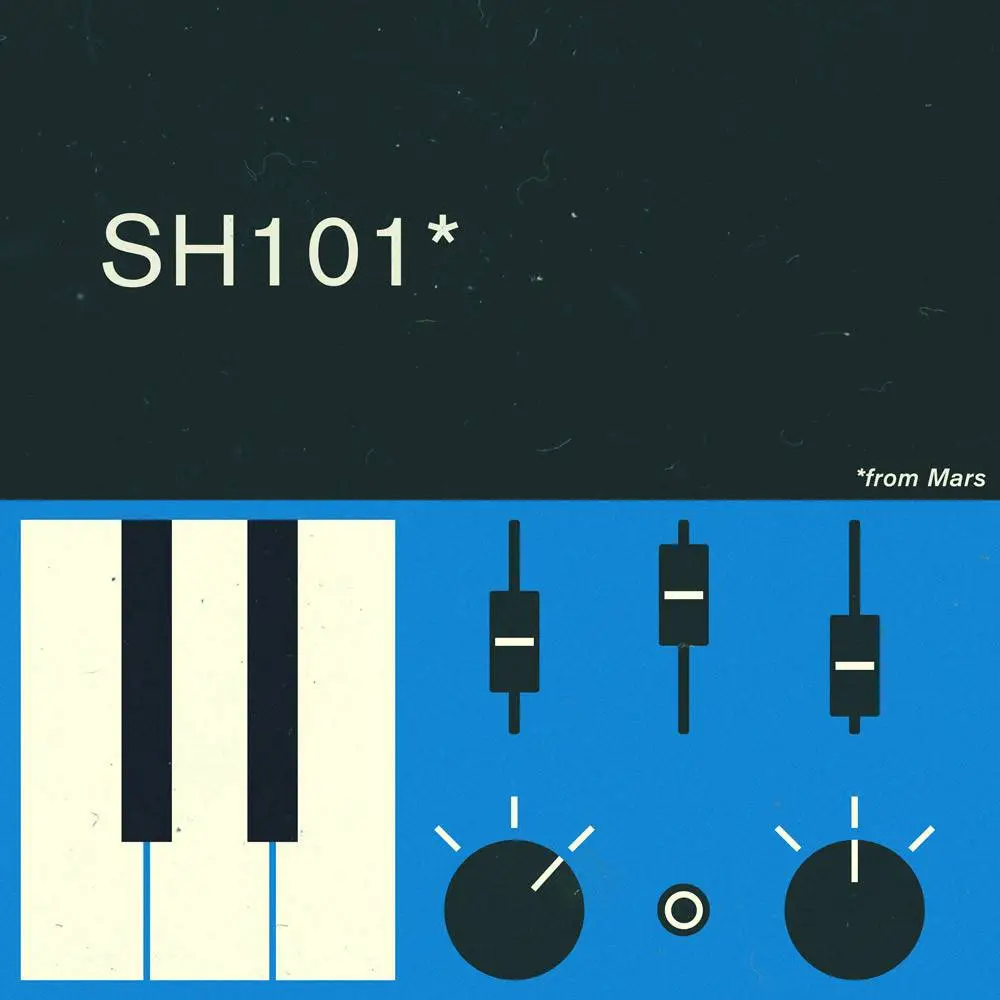Samples From Mars 101 MULTiFORMAT | 4.62 Gb
The 101 is a single oscillator, monophonic analog synth developed in the early 80s. At 32 keys, it's quite small (doubling nicely as a keytar), and offering simple synthesis sliders, allowing for quick and easy sound design.
But despite its simple architecture, the sound is quite famous - it's punchy, aggressive, rubbery and fast, capable of distinct acid, wobbly basslines and recognizeable leads. But above all else, the SH-101 is all about character. There's just something about its sound that people love - especially when you start cranking the resonance and overdriving the VCF with a mean square wave. It's a great synth, at a great size, with excellent sound, serving as one of electronic music's go-to performance machines since its introduction in the 80s.
Our sampling efforts with the 101 were focused primarily in two areas: 1. capturing the simplicity of this single oscillator synth as it exists in the real world, and 2. extensively processing, multi-sampling and layering it to bring the 101 into new sonic territory. For the simpler patches we captured raw waveforms, and opted for less processing, using fast preamps like an API 512C to maintain the 101's transients and squelching resonance. Things can get acidy quite quickly - there are definite sonic similarities betwen the 101, 303 and MC202, but the 101 offers its own brand of acid, making it perfect for techno. We also jumped into the manual, recalling and sampling some of Roland's original patches.
To create more complex patches, we utilized the 101's LFO, noise, and random modulation capabilities, processing the results with a Culture Vulture, Big Muff, and Neve preamps. We multi-layered different LFO rates, filter and noise settings. We even created huge, stereo instruments: dialing in a patch on the 101, recording it, and then slightly detuning / changing the filter and LFO rate, sampling that, and panning it with the original. This creates a huge stereo images and is epic for chords. The 101 doesn't have pitch envelope modulation but we really wanted pitched sub bass, so we drove the resonance into self-oscillation, creating a distorted sine wave (perfect for fat bass). We then used the filter envelope to modulate the filter cutoff, which created a pitched envelope effect because the resonance was acting like an oscillator.



